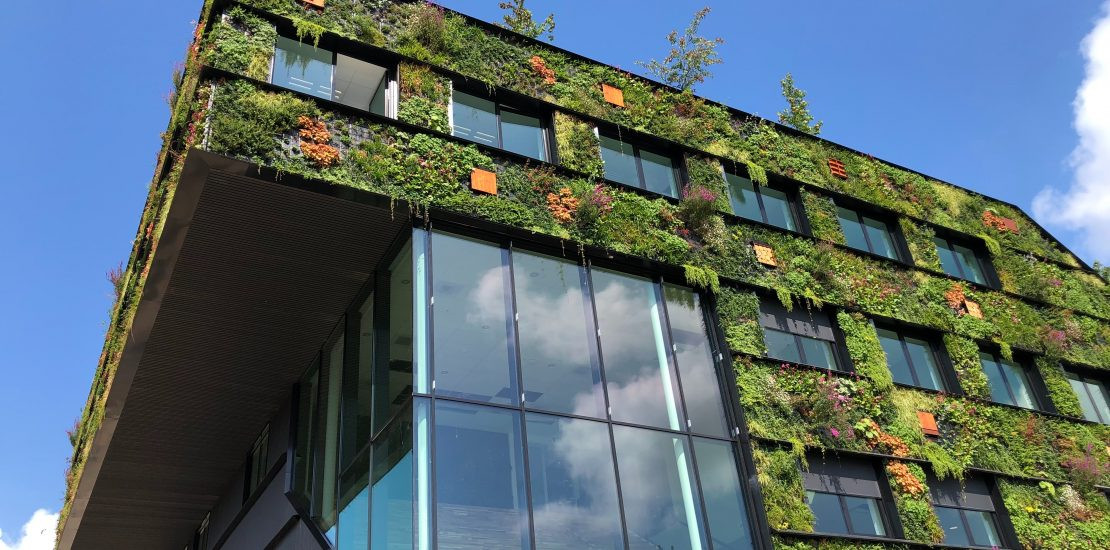Introduction
The idea of sustainable development is an important problem for the construction industry, which is especially important because of its role in providing infrastructure. The availability of infrastructure would influence economic growth and improve a nation's competitiveness. Infrastructure in emerging markets and developing economies is a key driver of growth, employment and a better quality of life. This comes at a cost, however.
Here are some statistics about the carbon emission from the construction and infrastructure sector:
- Around 70% of global greenhouse gas emissions come from infrastructure and activities such as power plants, homes, and transport.
- The World Health Organization forecasts that the number of deaths due to the adverse effects of pollution from key infrastructure sectors will increase from 150,000 annually to 250,000 by 2030.
- A new report from the UN indicates that 37% of energy-related CO2 emissions come from the construction sector worldwide.
- A report by global commercial real estate services firm Cushman & Wakefield notes that 28% of global carbon emissions are related to energy from building operations.
Ways to reduce carbon emissions in infrastructure development projects:
- Implement performance in the construction of materials
- Reuse materials and parts for construction
- Transform the current use of buildings
- Turn to sustainable timber with high-emission products
- Using cement that has low-carbon content
- Owners and companies can use science-based goals to direct actions and collaborate with stakeholders to create partnerships and build capacity across building design, development, service, and users.
- Via an energy-efficiency and carbon mitigation prism, investors should reassess all real estate investments
- .To reduce the need for building materials and lower embodied carbon, other players around the supply chain can follow circular economy principles and adopt nature-based solutions that improve building resilience
Green Buildings: Building a Sustainable Future
Green buildings, also called sustainable buildings, are physical structures built and planned to be environmentally friendly and resource-effective. This approach is a more recent one that can be used to reduce carbon emissions from infrastructures.
The green buildings market is expected to reach over $500 billion by 2025, including the green building material market. The world is creating more green buildings than before, reaching up to 60% of total new buildings having the green building certificate in a few nations. Many green buildings' raw materials and components are imported from green suppliers. These manufacturers adhere to stringent standards and controls to ensure their manufacturing practices preserve natural resources and minimize total carbon dioxide emissions. More effective processes designed to minimize energy consumption during fabrication, transporting goods on more efficient modes of transportation, and exploiting modern and rising innovations like solar power to reduce dependency on fossil-fuel-based (and heavily CO2-emitting) power plants are just a few ways they do this.
Green Buildings: Value Chain
The United Nations once mentioned that green building should start with a green supply chain. That means each stakeholder in the construction ecosystem should better understand resource use in the building and construction supply chain. They should also identify opportunities to promote greater resource efficiency in the sector and contribute toward wider socioeconomic goals.
The value chain starts from procuring construction materials to utilizing and reusing them, managing the construction operations sustainably, using renewable energy sources such as solar wherever possible, and managing the infrastructure for energy efficiency. Each stage involves different types of expertise offered by various organizations worldwide.
An example of a green supply chain could be:
- Use an electric vehicle to supply materials
- Utilize sustainable and environment-friendly building materials
- Try to reuse the building materials as much as possible
- Use solar and wind energy to produce electricity for running day-to-day construction operations
- Design the building such that there will be a minimal need for air-conditioning to keep the internal atmosphere cool
- Install solar panels to produce electricity for the building
Reduced Energy Consumption During Operation
After the design process is finished and the building settles into a regular grind, some of the most important environmental benefits of green buildings arise. Since most of the world's power grid, particularly in the United States, is focused on fossil fuels–natural gas, coal, and oil–every kilowatt-hour used by a building releases carbon dioxide into the atmosphere indirectly. The value of a green building that uses less energy is obvious: lower total energy consumption, whether from energy-efficient equipment, passive heating and cooling, or sustainable architectures, can significantly reduce a building's overall carbon footprint or even turn it into a net positive for the environment.
The best thing about planning with sustainability in mind is that activities that protect the atmosphere from unsustainable carbon dioxide emissions often have the advantage of lowering a building owner's total maintenance costs. Sustainable architecture, by design, is designed to last without requiring constant maintenance or refurbishment and to function in harmony with nature rather than against it. Using well-built, stable materials combined with well-made equipment will save money for the building owner while also benefiting the environment.






